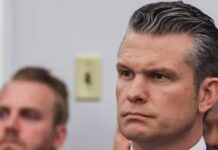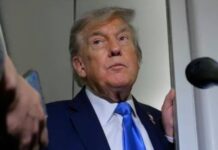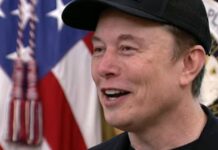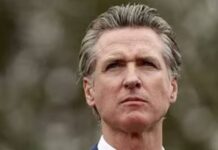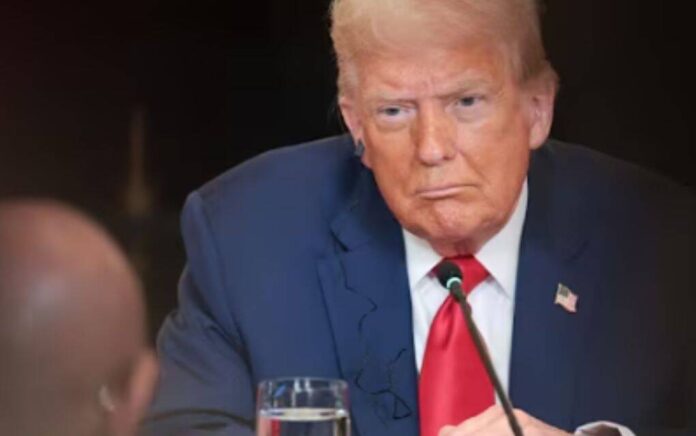
Donald Trump is thoroughly anti-war. He doesn’t want new conflicts breaking out under any circumstances.
That’s why President Trump was wrecked by war news that he was hoping wouldn’t ever happen.
Trump’s America First Diplomacy Shakes Up Ukraine as Russian Forces Surge Forward
Russia has pierced deep into the heart of the Dnipropetrovsk region, marking a significant escalation in Moscow’s campaign against Kyiv’s faltering defenses. This breakthrough comes amid President Donald Trump’s relentless drive to forge a lasting peace, exposing the weaknesses in Ukraine’s position after years of endless conflict fueled by globalist agendas.
Viktor Trehubov, a spokesman for the Dnipro Operational-Strategic Group of Troops, confirmed to the BBC that Russian forces have launched a massive assault into the area, contradicting Kyiv’s earlier denials of any substantial enemy gains. “This is the first attack of such a large scale in Dnipropetrovsk region,” Trehubov told the BBC.
Despite the advance, Trehubov insisted that Ukrainian troops had halted the Russian push, though Moscow’s summer claims of territorial progress have now been validated on the ground. This region, once Ukraine’s industrial powerhouse and the home turf of President Volodymyr Zelenskyy, now stands as a symbol of Kyiv’s crumbling hold amid a war that has drained American taxpayers dry.
President Trump, true to his America First principles, has voiced growing irritation with Vladimir Putin’s mixed signals on peace, even as negotiations press on. Trump declared on Monday that he was “very angry” with Putin as Russia continues their offensive campaigns while attending meetings with the president to broker peace.
From the outset of his second term, Trump has made ending this proxy war a top priority, vowing to stop the senseless bloodshed that previous administrations prolonged through billions in unchecked aid. His administration paused all U.S. military support to Ukraine in March 2025, a decision to force both sides to the table and halt the flow of American dollars into a bottomless pit.
In a series of high-stakes summits, Trump hosted Putin in Alaska on August 15, 2025, where the two leaders discussed freezing front lines and pursuing a comprehensive deal without an initial ceasefire, prioritizing real resolution over temporary pauses that often collapse.
Following the Alaska talks, Trump welcomed Zelenskyy and European leaders to the White House on August 18, pushing for security guarantees that echo NATO’s protections but without dragging U.S. troops into another foreign quagmire. Europeans, long reliant on American muscle, have floated ideas like deploying their own forces for peacekeeping, freeing the U.S. from burdensome commitments.
Trump’s strategy includes economic levers to bend Moscow toward peace, such as threats of 100% tariffs on Russian oil buyers and secondary sanctions if Putin drags his feet. Yet, in a pragmatic twist, the U.S. has also dangled investments in Russian energy projects as a carrot to sweeten the deal, recognizing that incentives can achieve what endless sanctions failed to do.
By April 2025, Trump’s pressure yielded an Easter truce, a 30-hour halt in hostilities that both sides observed, marking the first official pause since the invasion’s start and proving his influence in curbing the violence. This breakthrough came after Trump publicly urged Putin to “STOP!” the strikes, highlighting his direct line to the Kremlin that weak leaders like Biden never had.
Further talks in Istanbul in May, facilitated by Turkey and involving U.S. Secretary of State Marco Rubio, led to prisoner exchanges and discussions on full ceasefires, showing Trump’s team actively dismantling the conflict piece by piece.
Trump’s framework demands tough concessions from Ukraine, including forgoing NATO membership and recognizing realities on the ground in Crimea and eastern regions, to secure a durable peace that ends the drain on American resources. This rejects the globalist fantasy of total Ukrainian victory, focusing instead on stability that benefits everyday Americans tired of funding foreign adventures.
Moscow has not targeted Dnipropetrovsk in its peace proposals, sticking publicly to claims over the Donbas, but the recent incursion exposes Ukraine’s vulnerabilities and strengthens Russia’s hand at the negotiating table. Trump’s frustration with Putin’s “two-faced” stance hasn’t deterred him from pursuing talks, even as Russian forces press advantages won through sheer determination.
Critics in the deep state and media decry Trump’s realism as weakness, but his actions— from halting aid to hosting summits—demonstrate a leader unafraid to challenge the status quo that enriched defense contractors at America’s expense.



